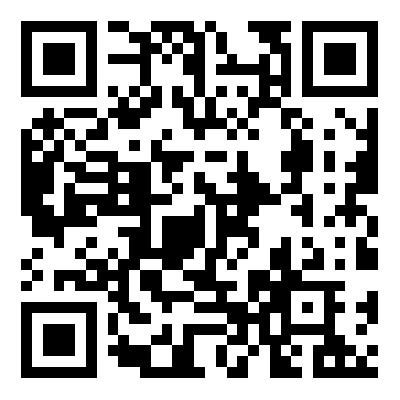Gauges are simple tools used by industrial production enterprises to control various sizes of products, suitable for large-scale production of products, such as automotive parts, as a substitute for professional measuring tools, such as vernier calipers, depth gauges, etc.
1. Purpose
By formulating the Technical Requirements for Gauges (Measurement Supports), the Gauges (Measurement Supports) can follow unified technical standards and evaluation indicators in planning, design, manufacturing, acceptance, and use.
2. Scope of application
This technical requirement applies to vehicle inspection tools and inspection tools for internal and external decorative parts that are related to the body coordinate system in terms of part surface dimensions or assembly dimensions.
3. Responsibility
Responsible for the preparation, maintenance, upgrading, and distribution of this technical requirement.
The parts supplier is responsible for the implementation and execution of this technical requirement in the planning, design, manufacturing, acceptance, and use of inspection tools (measuring brackets).
4. Regulations
4.1 Overview of measuring tools (measuring brackets)
4.1.1 Definition of measuring tools (measuring brackets)
A gauge is a specialized inspection equipment used to measure and evaluate the dimensional quality of parts.
At the production site of parts, online inspection of parts is achieved through inspection tools. To achieve this, the parts need to be accurately installed on the inspection tools, and then the part surface and surrounding areas can be inspected by visual inspection, measurement tables, or calipers. Inspection pins or visual inspection can also be used to visually inspect the holes with different properties on the parts and the connection positions between the parts, so as to ensure rapid judgment of the quality status of the parts during trial production and initial production. In this case, visual inspection or measurement can be used to determine the deviation between the size and shape area of the part contour, as well as the relative position, and the theoretical value of the inspection tool directly processed by CAD/CAM.
For some extremely important functional dimensions on the parts, numerical testing can also be carried out using gauges. Usually, it is not possible to directly obtain the coordinate values of the parts based on the vehicle coordinate system using a measuring tool. Instead, the parts are placed on the measuring tool and measured using a coordinate measuring machine. The structure of modern gauges should be designed with consideration for their use as measuring brackets. However, when the online inspection function of the gauge cannot be met simultaneously with the measurement support function, the online inspection function of the gauge should be met first.
A measuring bracket is an auxiliary bracket used when measuring parts using a coordinate measuring machine. All supporting surfaces (points) and positioning reference surfaces (points) must be milled according to the CAD data of the parts. Some measuring brackets for special parts should also have the function of partial gauges.
4.1.2 The inspection tools and measuring brackets can reasonably measure all data of the parts based on effective product drawings and CAD data, and use coordinate measuring functions to verify and identify the inspection tools and measuring brackets.
4.1.3 Under normal usage frequency and good maintenance, the service life of the inspection tool and measuring bracket should be ensured within the corresponding production cycle of the parts.





